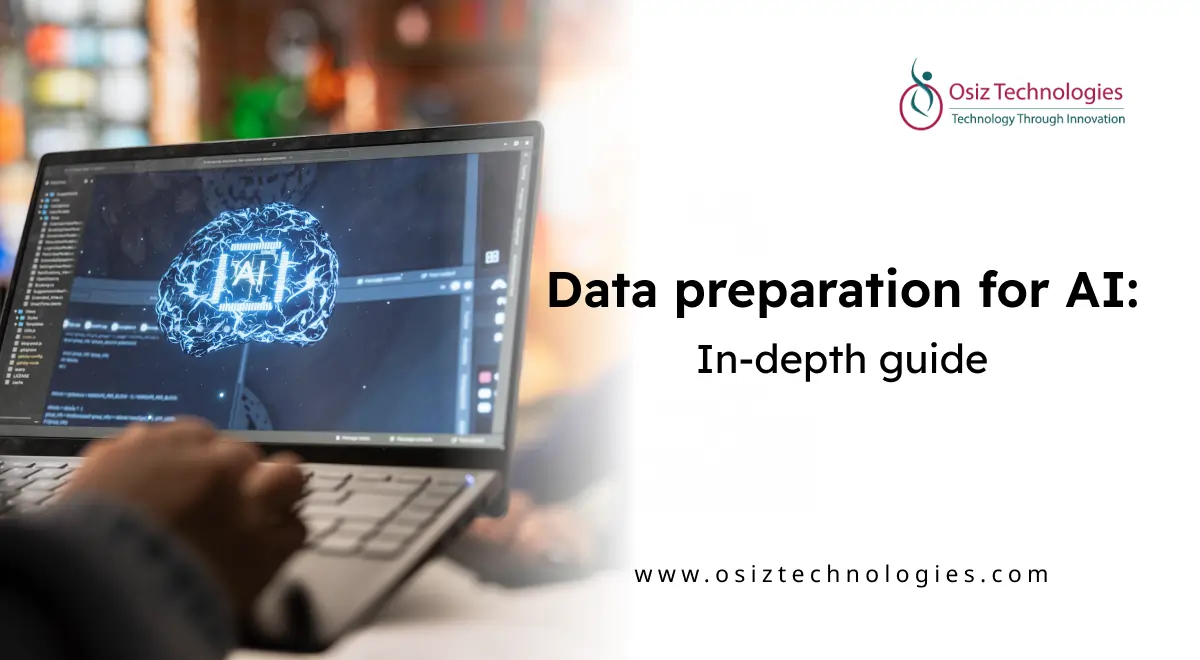Cloud Computing Technology for Digital Economy
Cloud computing is the engine that powers emerging technologies including AI, delivering data storage and computing digitally. The value of rapid enterprise adoption is its ability to enable access to IT resources on demand without the need for capital investments. It offers advantages such as scalability, rapid provisioning, advanced security, and minimal management effort.
Market Competition & Barriers to Competition
The cloud computing market provides services such as computing and storage at enterprise scale. The rapid growth of the cloud computing market must be viewed within the context of increasing market shares. Competition concerns are heightened by integrated hyperscalers, having a dominant presence in adjacent markets like on-premises software, search engines, and e-commerce.
Barriers to Competition
Technical barriers:
Coming to the technical side, limited interoperability and restrictions of proprietary application programming interfaces lead to vendor lock. Since services hosted on CSPs tend to use multiple CSPs in silos to serve different purposes. Licensing restrictions pose technical barriers with cloud players who are dominant in the legacy software market, limiting essential software with a third-party cloud infrastructure increasing the cost for deployment.
Financial barriers:
On the financial side, cloud credits like options provided to new customers, such as start-ups, to services up to a predefined limit without any cost during trial and committed spend discounts like percentage on cloud spending targets are the significant barriers. These incentives encourage single sourcing from large providers and CSP entrants.
Addressing Market Failures
Antitrust intervention based on a cloud market including Federal Trade Commision to gain a better understanding of competition concerns. There have been cases like Microsoft’s acquisition to address competition concerns in cloud gaming. Merger regulations and ex-post interventions would bring market failures of a proprietary cloud ecosystem where entry will be effective only at fringes.
Digital Public Infrastructure (DPI) in Cloud Computing
Digital Public Infrastructure is increasingly adopted in areas like digital payments, e-commerce, and e-health to overcome interoperability, ensuring improved aggregation by using open-source technologies. The open cloud computing aims to decentralize and expand computing infrastructure by connecting cloud providers of various sizes through open and interoperable APIs. Decentralized networks connect smaller providers to ease entry and create incentives for technical synergies improvement, reducing lock-in for proprietary ecosystems.
Cloud Computing and AI Revolution
Unlike previous technological revolutions, India has emerged in the AI revolution at the same time and with the same intensity. Cloud computing capacity is the fundamental component of large AI systems as well as algorithmic innovation and vast data sets with most difficult elements for smaller businesses to set up in-house.
Final Words
We need creative strategies beyond digital regulation to combat concentrated power of hyperscalers, and providing open, sustainable, and effective cloud access and DPI in cloud computing , enabling cloud computing innovation that serves interests beyond commercial gains of big tech. They require public goods investments in digital infrastructure and models having capability to scale and support decentralized power. Osiz offers cloud computing solutions with the ability to automate old applications and infrastructure which can be useful for many businesses.
Listen To The Article
Recent Blogs

X-Mas 30%
Offer












